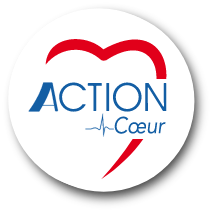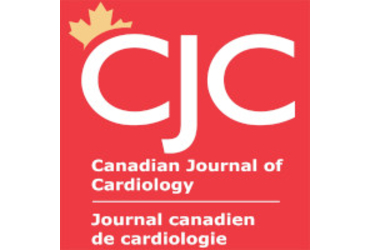Background and aim :
To explore platelet reactivity on dual antiplatelet therapy (DAPT) of acute coronary syndrome (ACS) patients infected with HIV.
Methods :
Acute coronary syndrome patients infected with HIV (n = 80) were matched to ACS patients without HIV (n = 160) on age, sex, diabetes, and DAPT (aspirin 100%, clopidogrel 68%, prasugrel 31%, ticagrelor 1%). Platelet reactivity was evaluated after ACS (>30 days) by measuring residual platelet aggregation (RPA) to aspirin and to P2Y12 inhibitors with light transmission aggregometry (LTA), VerifyNow aspirin assay (ARU), and P2Y12 assay (PRU) and with the VASP platelet reactivity index (VASP-PRI). Proportion of patients with high residual platelet reactivity (HPR) was evaluated.
Results :
HIV-infected ACS patients had higher levels of platelet reactivity in response to P2Y12 inhibitors (RPA: 23.8 ± 2.7% vs. 15.3 ± 1.3%; P = 0.001; PRU: 132 ± 10 vs. 107.4 ± 6.6; P = 0.04; and VASP-PRI: 45.2 ± 2.6% vs. 32.0 ± 2.0%; P < 0.001) and to aspirin (RPA: 3.6 ± 1.5% vs. 0.4 ± 0.1%; P = 0.004 and ARU: 442 ± 11 vs. 407 ± 5; P = 0.002) compared with non-HIV. HIV-infection was independently associated with increased platelet reactivity regardless of the test used (RPA: P = 0.005; PRU: P < 0.001 and VASP-PRI: P < 0.001) and a higher proportion of HPR (OR = 7.6; P < 0.001; OR = 2.06; P = 0.06; OR = 2.91; P = 0.004, respectively) in response to P2Y12 inhibitors. Similar results were found with aspirin. Protease inhibitors use was associated with increased platelet reactivity and higher rate of HPR.
Conclusion :
Acute coronary syndrome patients infected with HIV have increased levels of platelet reactivity and higher prevalence of HPR to P2Y12 inhibitors and aspirin than non-HIV patients. These results could provide potential explanations for the observed increase risk of recurrent ischemic events in the HIV-infected population.






